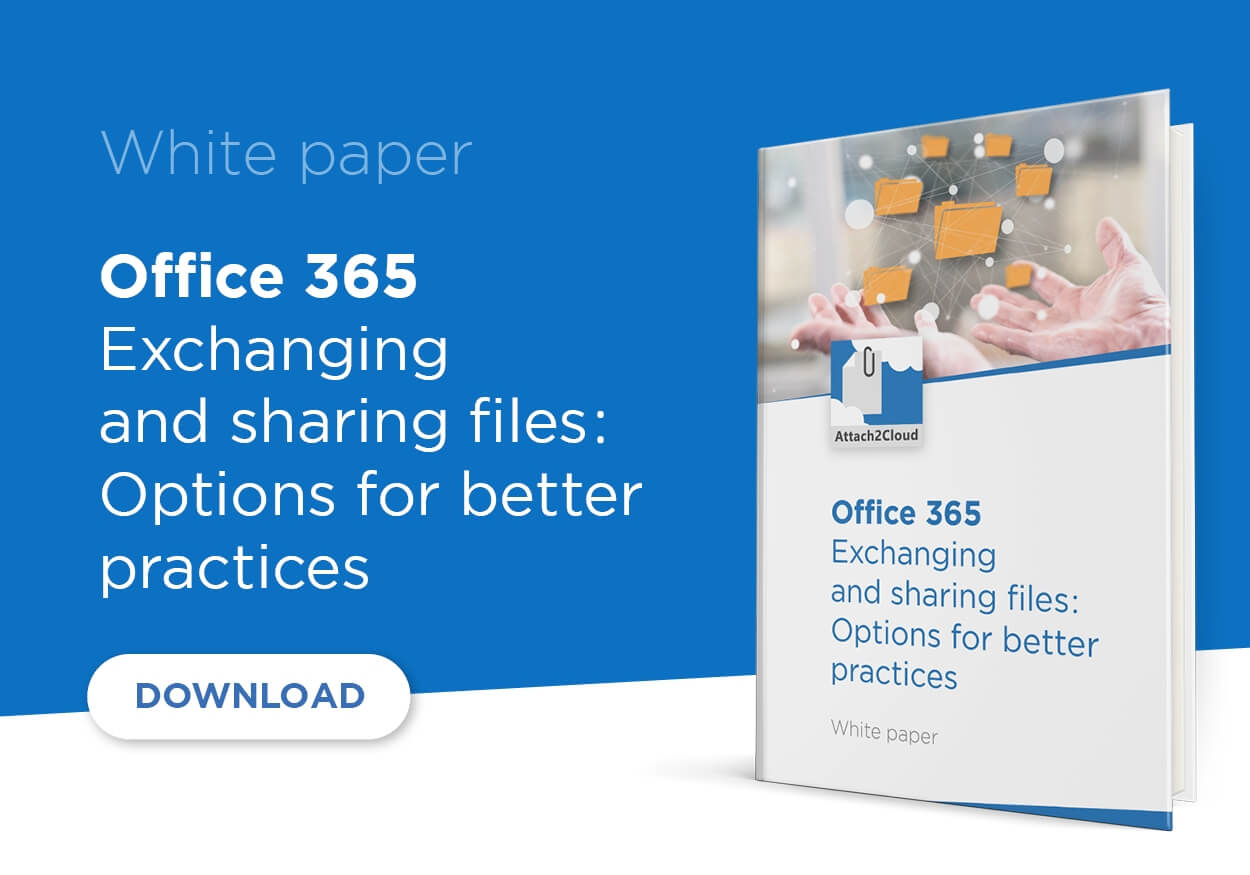Energy Sobriety and Reduction of CO2 Emissions
Share this article:
 Global energy crisis, energy sobriety and CO2 emission reductions are topics of major interest to many companies these days. Production and business units, as well as internal services, including, of course, IT departments, are all being called upon to provide ideas, answers, and solutions.
Global energy crisis, energy sobriety and CO2 emission reductions are topics of major interest to many companies these days. Production and business units, as well as internal services, including, of course, IT departments, are all being called upon to provide ideas, answers, and solutions.
Energy Sobriety through Reduction of Data Volumes
The reduction of data volumes is an interesting lead for reducing energy consumption and improving IT carbon footprint. Indeed, transmitting data over networks and storing them, whether on-premises or in cloud data centers, generates energy consumption and CO2 emissions in direct proportion to data volumes.
For MS 365 customers, messaging remains one of the most consuming services in this matter. Indeed, the life cycle of a modest email containing 10 MB of attachments sent to a dozen of recipients can easily generate more than a Terabyte of data spread across different storage spaces and several hundred MB of network traffic.

These IT resource consumptions translate linearly into energy consumption and CO2 emissions (which can be evaluated not only based on the operation of these resources, but also based on the manufacturing of the physical devices supporting them).
Yes, messagging is, structurally, a major source of network bandwidth and storage space consumption, but…
Although messaging, and in the case of MS customers, MS Exchange or MS Exchange Online, is, structurally, a major source of network bandwidth and storage consumption (emails and attachments stored as many times as recipients and responses, volumes multiplied by the number of Exchange servers supporting redundancy (DAG), not to mention various backups and archives), there is a solution that addresses this issue, is practical, easy to implement, and doesn’t require your Outlook users to adopt new behaviors: Attach2Cloud.
With Attach2Cloud, Outlook attachments can be automatically moved to OneDrive, SharePoint or Teams and replaced by “Modern Attachments” (attachments containing a link to the file stored in the Cloud).
Attach2Cloud, by storing Outlook attachments in the Cloud (OneDrive, SharePoint Online or Teams), creates a single copy of the attached files, that is automatically shared with the email recipients.
This thus puts an end to the structural multiplication of copies of these attachments (as many copies of attachments as recipients, multiplied by the number of MS Exchange DAG servers etc.) and results in proportionally reducing network and storage resources consumption and thus, energy consumption and CO2 emissions.

The beauty of Attach2Cloud is that it has no hidden costs. To the contrary, it dramatically improves Office 365 user productivity by automatically prompting them to take advantage of the MS 365 Cloud-related features (like advanced file sharing, co-editing Outlook attachments online, automatic file versioning and backup…).
And on the top of this, the version of Attach2Cloud that contains the Z-OptimiZr attached file optimization features (Z-OptimiZr is another MK Net.Work product) allows to reduce the size of Outlook attached files by 40% to 60% on average without affecting their rendering quality, would Attach2Cloud upload these attached files to the Cloud or not.
“
Attach2Cloud, reduces your messaging carbon footprint and costs of operation, while optimizing email and Office 365 usage, automatically and instantly!
”
Test Attach2Cloud for yourself!
Download the fully functional trial version of Attach2Cloud, that can be installed on an unlimited number of PCs, and don’t hesitate to contact us if you need more information.
Rechercher:
Points of view category
Next post:
An alternative to OneDrive for Microsoft 365 customers?
